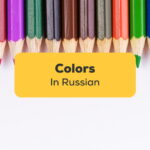So you want to learn the Korean alphabet to be able to read Korean because you watch K-dramas and you would want to read the Korean subtitles or maybe Korean is a college subject that you can’t skip. Whatever the case may be in this article I’ll help you find the easiest and most efficient ways how to learn the Korean alphabet. So before we start we need to know a bit about the Korean alphabet.
Korean Alphabet
At the beginning of learning any foreign language, you need to be familiar with the letters of the alphabet. This will be a great start to your language acquisition. In fact, The Korean alphabets are not as complex as it might seem at first glance compared with other Asian languages. Hangul letters have 24 letters (14 consonants and 10 vowels).
Consonants’ shape is based on the way the mouth picks up during utterance. Vowels simply combine straight and horizontal lines. To say you can read Hangul in just two hours is no exaggeration. Also, Hangul is a completely phonetic language. That is, it almost always sounds like it is written (except for a few rules of pronunciation, but it can be read very quickly).
For example, more than 60% of English words contain unreadable letters (knee, wrist, daughter, island, etc.). Hangul in this case is very simple and easy to understand. Depending on the nature of the interlocutor, you need to choose a style of speaking.
Before digging into how to learn the Korean alphabet, we need to know a brief history.
History
The origin of the Korean language is misunderstood and dates back to the stone age. Evidently, it probably belongs to the Altaic languages (Altaic languages family includes Chinese, Japanese, Mongolian, and Turkish). Korean by the time got influenced by many languages and by the fifteenth century it became the old Korean language coined by the people who used to live in the Korean peninsula.
Chinese characters called “Hanja” were used in the region since the first century as the official writing system. They were adopted from the Chinese language as means to write Korean. These Chinese characters were still in use until 100 years ago and then it got replaced by the Hangul system of the Korean alphabet. Even today Hanja could be seen being used in official documents.
The Korean writing system used nowadays known by the word “Hangul” was a new alphabet system devised in 1443 by King Sejoung (fourth king and one of the greatest monarchs of the Yi Dynasty).
There are 10 vowels and 14 consonants in the Hangul writing system. These are then combined to form words. Learning the letters and sounds is fairly easy and does not take much time at all which is why it is also called the scientific writing system now.
Hangul writing system
Korean Hangul characters include 24 basic letters
- 14 letters are consonants
- 10 letters are vowels
Other than that there are 27 complex letters formed by different combinations of the basic letters which include
- 5 tense consonant letters
- 11 complex consonant letters
- 11 complex vowel letters
A brief overview of the Korean letters
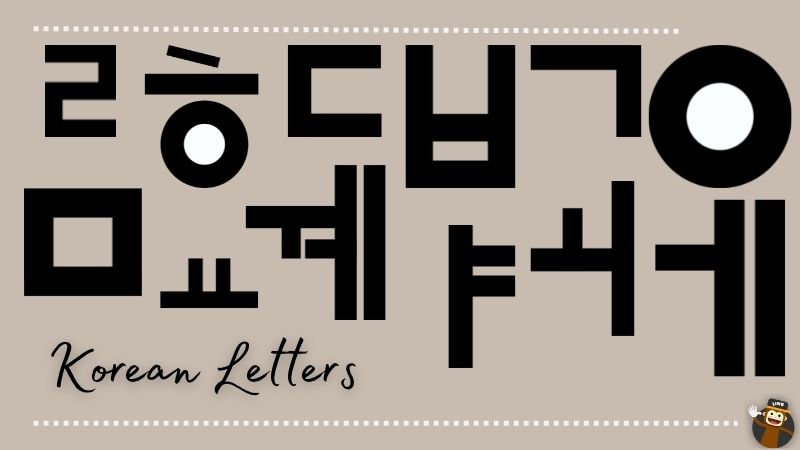
If you are new to the Korean alphabet it might be difficult for you to grasp the intricate details of their sounds at first. But that’s not something you need to worry about as you will get better with time and it will all start making sense. Let’s now break down the Korean alphabet one by one with a brief overview.
Korean consonants
Here is a brief account of all the Korean consonants. Hangul consonants have been designed based on the sound that the mouth makes. English speakers often find it hard to pronounce consonant sounds because they do not have the same sound as the English sounds.
The two consonants (initial consonant and final consonant) are in the form of blocks.
Consonant 1 is ㄱ
ㄱ “giyeok” when translated makes nearly a G sound. 가방 is spoken as kabang which translates to bag.
Consonant 2 is ㄴ
ㄴ “nien” when translated makes nearly an N sound. 노래 is spoken as norae which translates to melody.
Consonant 3 is ㄷ
ㄷ “diget” when translated makes nearly a D sound. 대한민국 is spoken as dae han min guk which translates to South Korea.
Consonant 4 is ㄹ
ㄹ “riel” when translated makes nearly an L sound. 라면 is spoken as ra myeon which translates to ramen noodles.
Consonant 5 Is ㅁ
ㅁ “miem” when translated makes nearly an M sound. 엄마 is spoken as eomma which translates to mother.
Consonant 6 Is ㅂ
ㅂ “biep”when translated makes nearly a B sound. 밥 is spoken as bap which translates to rice.
Consonant 7 is ㅅ
ㅅ “shiot”when translated makes nearly an S sound. 사과 is spoken as sa gwa which translates to apple.
Consonant 8 is ㅇ
ㅇ “ieng” is a silent sound. 방 is spoken as bang which translates to room.
Consonant 9 is ㅈ
ㅈ “jiet” when translated makes nearly a J sound. 지도 is spoken as jido map which translates to map.
Consonant 10 is ㅊ
ㅊ “chiet” when translated makes nearly a ch sound.. 친구 is spoken as as chingu which translates to pal.
Consonant 11 is ㅋ
ㅋ “kiuek” when translated makes nearly a K sound. 커피 is spoken as kopi which translates to coffee
Consonant 12 is ㅌ
ㅌ “tiet” when translated makes nearly a T sound. 토마토 is spoken as tomato it is the same when translated into English.
Consonant 13 is ㅍ
ㅍ “piep”when translated makes nearly a P sound. 팔 is spoken as pal which translates to arm.
Consonant 14 is ㅎ
“hiet” when translated makes nearly an H sound. 하늘 is spoken as haneul which translates to sky.
Vowels of the Korean alphabet
Let’s learn about Korean vowels.
Vowel 1 isㅏ
ㅏ a when translated makes nearly an Aa sound. 차 is spoken as which translates to vehicle.
Vowel 2 isㅑ
ㅑ ya when translated makes nearly a Yaa sound. 약속 is spoken as yak sok which translates to promise.
Vowel 3 isㅓ
ㅓ eo when translated makes nearly an O sound. 버스 is spoken as bo sseu which translates to bus.
Vowel 4 is ㅕ
ㅕ yeo when translated makes nearly a Yoo sound. 여자 is spoken as yo ja which translates to lady.
Vowel 5 is ㅗ
ㅗ o when translated makes nearly an O sound. 봄 is spoken as bom which translates to spring.
Vowel 6 is ㅛ
ㅛ yo when translated makes nearly a Yo sound. 요리사 is spoken as yo li sa which translates to cook/chef.
Vowel 7 is ㅜ
ㅜ u when translated makes nearly a U sound. 문 is spoken as mun which translates to door.
Vowel 8 Is ㅠ
ㅠ yu when translated makes nearly a Yu sound. 휴가 is spoken as hyu ga which translates to holidays.
Vowel 9 is ㅡ
ㅡ eu It can be compared to someone making a confused sound like huh? 아이스크림 spoken as ah e seu keu lim.
Vowel 10 is ㅣ
ㅣ i Makes a Y sound. 아이 is spoken as a e which translates to kid.
Tense consonant letters of the Korean alphabet
In the legitimate writing system of Korean, there are some initial consonants and final consonants which are called tense consonants. These are the Korean double consonants that are exactly the same.
You might hear the native Korean speakers produce different Korean sounds while pronouncing the double consonants. Tourists often have to learn these to navigate through Korea. Here is a list of them.
Tense consonant 1 is ㄲ
ㄲ “ssang giyeok” kk when translated makes nearly a Kay sound. 꿀 is spoken as kkul which translates to honey.
Tense consonant 2 is ㄸ
ㄸ “ssang diget” tt when translated makes nearly a T sound. 딸 is spoken as ddal which translates to the child.
Tense consonant 3 is ㅃ
ㅃ “ssang biep” p when translated makes nearly a P sound. 아빠 is spoken as appa which translates to father.
Tense Consonant 4 Is ㅆ
ㅆ “ssang shiot” ss when translated makes nearly a Shi sound. 쑥 is spoken as ssuk which translates to a medicinal plant.
Tense consonant 5 is ㅉ
ㅉ “ssang jiet” when translated makes nearly a Ch sound. 짜장면spoken as jja jang myeon which translates to noodles.
Complex Vowels Of The Korean Alphabet
Let’s look at some complex vowels. These are all the Korean letters or Korean symbols which have modified vowel sounds and are pronounced differently as compared to the basic vowels.
Complex vowel 1 is ㅐ
ㅐ ae when translated makes nearly an A sound.. 개미 is spoken as kae-mi which translates to ant.
Complex vowel 2 is ㅒ
ㅒ yae when translated makes nearly a Yuh sound. 얘기 is spoken as yae-gi which translates to a tale.
Complex vowel 3 is ㅔ
ㅔ e when translated makes nearly a ee sound. 가게 is spoken as ka-ge which translates to shop.
Complex vowel 4 is ㅖ
ㅖ ye when translated makes nearly a ye sound. 시계 is spoken as si-gye which translates to time piece.
Complex vowel 5 is ㅘ
ㅘ wa when translated makes nearly woo sound. 사과 pronounced sa-gwa which translates to an apple.
Complex vowel 6 is ㅙ
ㅙ wae when translated makes nearly a we sound. 돼지 is spoken as dwae-ji which translates to pig meat.
Complex vowel 7 is ㅚ
ㅚ oewhen translated makes nearly a wha sound. 괴물 is spoken as goe-mul which translates to the monster.
Complex vowel 8 is ㅝ
ㅝ weo when translated makes nearly a who sound. 고마워 is spoken as go-ma-weo and translates to saying thank you.
Complex vowel 9 is ㅞ
ㅞ wae when translated makes a nearly we sound. 웨삼촌 is spoken as wae sam-tchun which translates to uncle.
Complex vowel 10 is ㅟ
ㅟ wi when translated makes nearly a we sound.. 귀 is spoken as gwi which translates to ear.
Complex vowel 11 is ㅢ
ㅢ ui when translated makes nearly a wii sound.. 의사 is spoken as oe-sa which translates to a doctor.
Complex consonants of the Korean alphabet
Korean learners might not come across any difficulties regarding the consonants and vowels but they have a hard time learning about the complex consonants. Here is a list for you to learn from:
- ㄽ (ls) when translated makes nearly an ss sound
- ㄾ (lt) when translated makes nearly a ti sound
- ㄿ (lp) when translated makes nearly a P sound
- ㅀ (lh) when translated makes nearly an h sound
- ㅄ (ps) when translated makes nearly a pe sound
- ㄳ (gs) when translated makes nearly a geei sound
- ㄵ (nj) when translated makes nearly a nj sound
- ㄶ (nh) when translated makes nearly a naa sound
- ㄺ (lg) when translated makes nearly an L sound
- ㄻ (lm) when translated makes nearly a lm sound
- ㄼ (lb) when translated makes nearly a B sound
Best tips and resources to learn the Korean alphabet
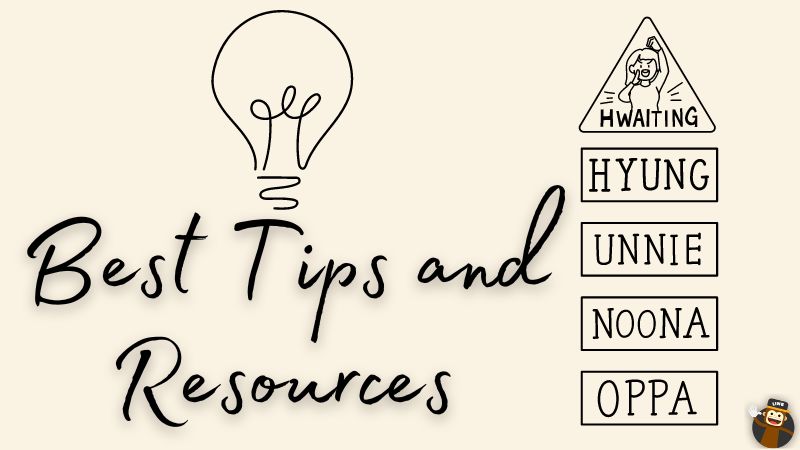
Now that you have a basic know-how of what the Korean alphabet is and how they are combined together to form words, let’s look at some epic resources to learn Korean letters. If you are an absolute beginner then follow these amazing tips and tricks which can definitely level up your game of learning the Korean alphabet multi-folds, so let’s dig in!
Tips to learn the Korean alphabet
If you are interested in writing a letter in Korean or singing a song then you must know first about the Korean alphabet. Even if you are a beginner learning Korean the below-mentioned tips will help you to become efficient in writing Korean letters or anything you want in the Korean language.
Build Vocabulary
As you have read Hangul, you can start working on your vocabulary. It is best to start with numbers (both Korean and Chinese numbers are used in Korea), days of the week, and simple conversation phrases.
Then add certain Korean words related to your reason for learning the language. If you decide to learn Korean for the next trip, pay close attention to the words related to the direction of movement and transportation.
Do you like Korean food? Then work on the words related to food. And be sure to write down the words in the diary as you learn the new words. This will assist you to practice writing and drawing words in your head. You can start learning the compound words to upgrade your game of learning the Korean alphabet.
Watch Korean drama or listen to Korean music
Add more Korean to your daily life: watch Korean dramas, movies, and TV shows, thus expanding your vocabulary knowledge. Include footnotes, if possible, and write down and read all the words that are unfamiliar to you. After a while, you will be amazed at the ability of your brain when you compare words and phrases with their meaning.
Another good habit of learning the language is listening to Korean songs or radio. After listening to a song once, you probably do not understand something. Try to find keywords and collect from them a common meaning. Then you can sing while listening – this is a great option for improving pronunciation.
Work Under The Surveillance Of Korean Tutors
Learning about the structure using private lessons with an experienced instructor will give you extra motivation, needed just for a short learning process. The instructor will not only help you deal with the difficulties of grammar and strategies but also make you responsible for achieving your goals.
A good Korean teacher will focus on your learning style and apply it to an individual learning program. Individual classes with qualified teachers will allow you to learn the Hangul very quickly, regardless of the goal you are pursuing (career or personal interests).
Engaging with Korean
Try to do it every day. This is a good way to keep information in your head. You can also change the language on your phone or take notes for reminders of daily scheduled activities in Korean.
Traveling around Korea does not mean putting forth effort by reading daily. Instead, you can use your free time wisely. To practice in Korean, you can use the time while going to work or for lunch to benefit from this. This will not only help you learn the Korean alphabet letters but also improve your pronunciation.
Fully involved in Korean social life
If you are well-off and afford trips, the best way to learn a language is to involve yourself with native speakers of that area. Plan a trip to Korea where you will be forced to speak and learn the Korean language step by step.
Many Koreans will speak English with you but as you are enthusiastic to learn Korean so try to talk in the Korean language.
Resources to learn the Korean alphabet
Here are the best ways to learn the Korean alphabet.
A private tutor
If you have some money to spare then you can get a private tutor to teach you the Korean alphabet. A tutor could be helpful because he would focus on your individual weaknesses rather than a general idea of what the learners find difficult.
You can ask questions and get accurate pronunciations from the tutor. If you have Korean as a subject in school or college a tutor is going to help you far more than the other options on the list as he would focus on your requirements.
Courses
You can sign up for courses in your universities or schools if you are a student. If not there are some online courses available that are actually very good in teaching the Korean alphabet. You can book a course with Ling App today and start learning the Korean alphabet!
Apps
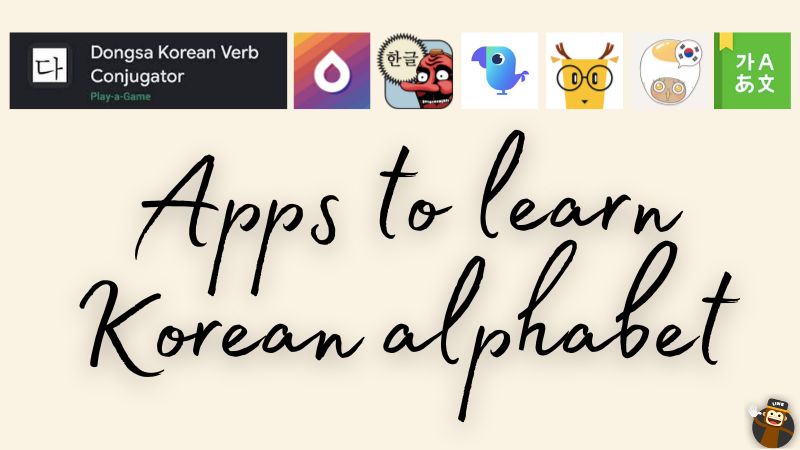
The best way to learn the Korean alphabet in my opinion is through apps and websites. This is a very easy and fun way to learn the Korean alphabet if you are short on budget. Or even if you are learning it as a hobby for fun.
Here is a list of apps that would be useful in learning the Korean alphabet.
Dongsa Korean Verb Conjugator
Dongsa Korean Verb Conjugator is an app that focuses on verb conjugations. If verbs in the Korean Alphabet are your weak spot then this is just the right app for you as it teaches how to use Korean verbs and conjugations.
This will definitely help you improve your Korean writing skills. Other than that the app has a wonderful feature where you can search for a verb of your choice and it will give you all the related conjugations of that verb.
Eggbun
Eggbun is different from the other apps on this list as it teaches a more realistic use of the Korean alphabet. Egg bun has a very fun and easy-to-use interface where you have a virtual tutor named Lanny who you will have a conversation with. It seems like you are having a conversation with a real person while also learning how to use the alphabet better.
It also has a feature called “Cultural notes” which teaches you more realistic use of the phrases used in Korean culture. How people can change day-to-day verbs based on the type of conversation.
Naver Korean dictionary
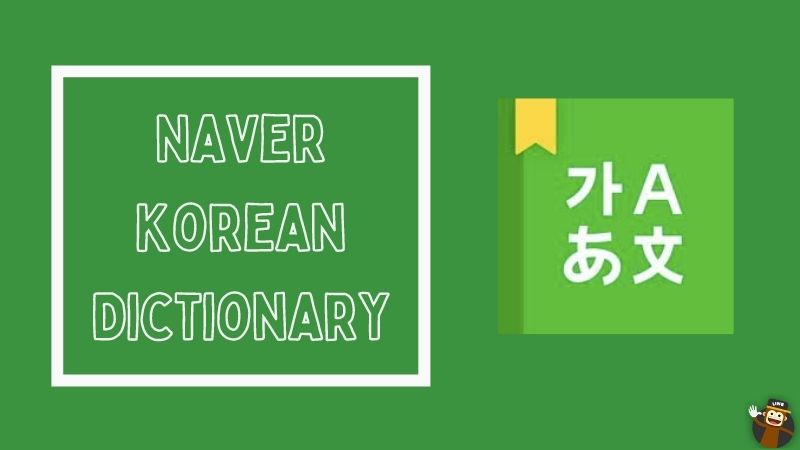
Naver dictionary is a great app if you are learning Korean at any stage. It not only provides a useful tool to learn new words with meanings. It also helps you learn Korean conjugations.
The Naver dictionary is great if you want to learn the meaning of words or you want to translate them into English. While websites like google translate do give you a rough meaning of the word, it is not nearly accurate when used in a sentence.
TenguGo Hangul
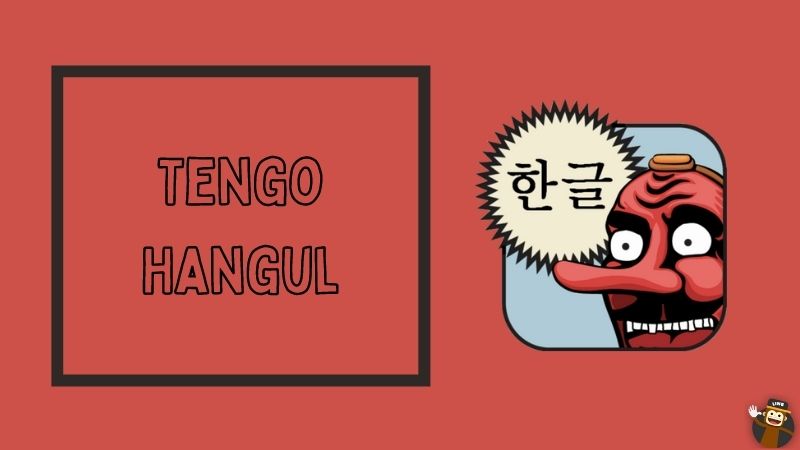
TenguGo is a great app for beginners who are just starting to learn the Korean alphabet. TenguGo is great because it teaches the basics of Korean alphabets as it has vowels and consonants as charts. You can read the charts and it’ll help you read them.
It also tests your active recall and flashcards which is important as the Korean alphabet is easy to forget. Tengo Hangul teaches you the history and structure of Hangul and lets you learn Hangul at your own pace using lessons, questions, and postcards. This app is totally free to use as well.
Lingodeer
Lingodeer is one of the best Korean language learning apps. The app is mainly focused on Asian languages, including Korean, Japanese, Chinese, and Vietnamese. LingoDeer introduces a new and exciting learning style that will allow you to speak from day one and build on good teaching.
Drops: Learn Korean
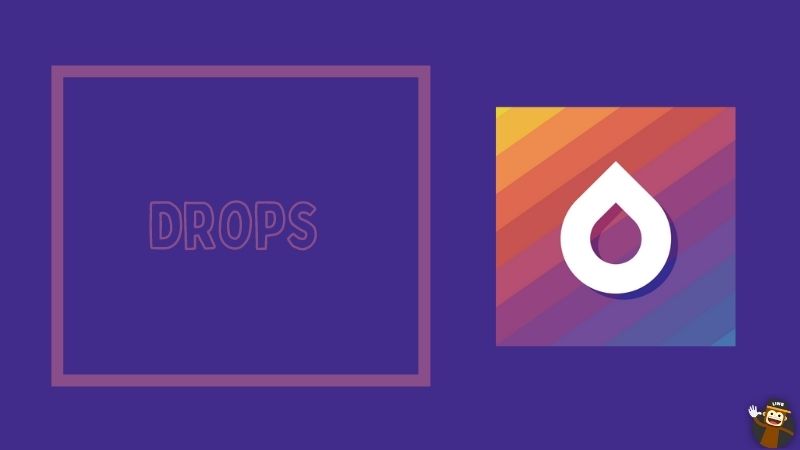
Drops is a popular multilingual language learning app, including Korean. The app prioritizes word reading and word reading over other topics such as grammar. It goes on at a fast pace, including a variety of things like games and quizzes, and gives you decent mental exercise.
Duolingo
Duolingo is one of the most popular language-learning apps on Google Play. Supports tone of languages, including Korean. It builds up different vocabulary words and phrases and makes you learn the Korean alphabet.
Korean parrot
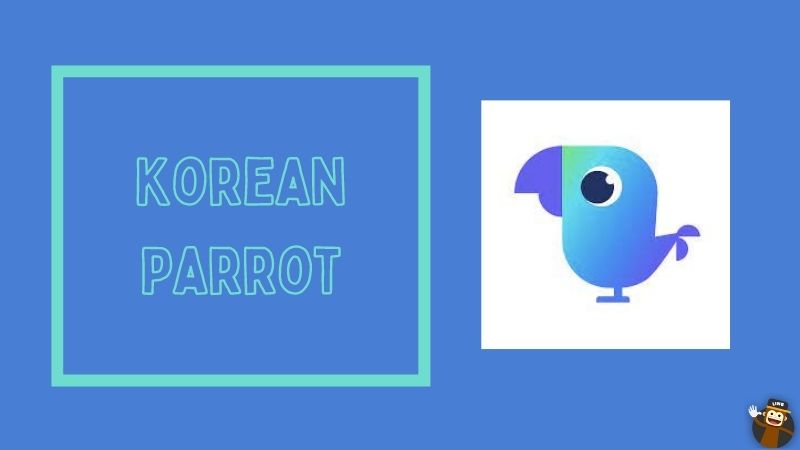
You can learn Korean phrases and words from a Korean-speaking Korean parrot. The parrot is working with you to practice your speaking and listening skills, wherever and whenever you are.
Ling App

Ling App is a great option if you want to learn the Korean alphabet. Since it provides accurate guidelines for everything. Another great thing is that it has easy to take lessons which are not very long. If you want to learn Korean on the go this should be your first pick.
The user interface is very simple and easy to use. It is very easy to search up words and get examples of how they are used in sentences. This app is also free to use and an essential tool for learning the Korean alphabet.
Verb conjugations are one of the most challenging things to learn in the Korean language and they are also the base of being fluent in Korean. This app builds a strong foundation in the Korean alphabet which is then very helpful when you start to learn the more intricate details of the language.
If you’re looking to understand slang, phrases, and words with several meanings, Google Translate and Google Search aren’t your best bets.
Wrapping Up!
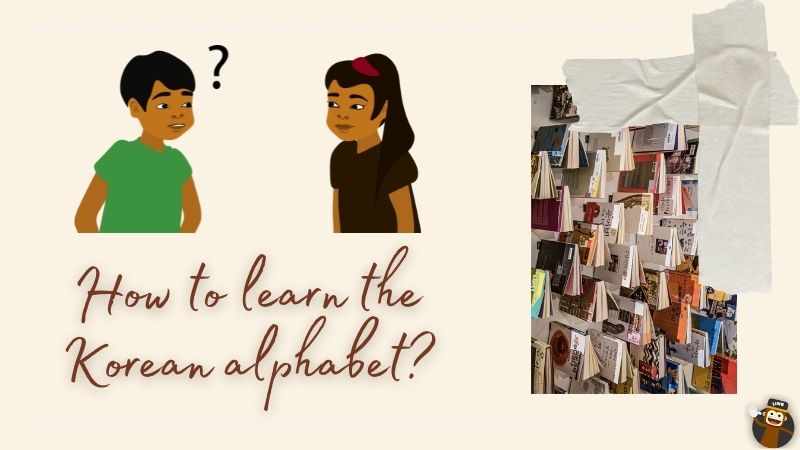
Learn the official language of South Korea. Start learning Korean now and become a literary elite. Korean Music can also help you to enhance your Korean skills. Just like you learn the English alphabet, we help you learn each Korean character from scratch. Learn this new language in a fun and easy way.
Happy Learning!















